The Ultimate Kitchen Design Tool Guide: Transform Your Space with Smart Planning
Table of Contents
Whether you’re renovating your entire kitchen or simply want to refresh your space, having the right kitchen design tool can make all the difference between a successful project and a costly mistake. Your kitchen is the heart of your home, where family gathers, meals are prepared, and memories are made. With 87% of homeowners considering the kitchen the most important space for resale value, investing in thoughtful design planning is more important than ever.
Modern kitchen design has evolved beyond simply choosing cabinets and countertops. Today’s approach requires careful consideration of workflow, storage efficiency, lighting dynamics, and aesthetic harmony. The good news? You don’t need to be a professional designer to create a stunning and functional kitchen space. With the right planning tools and strategic thinking, you can transform your kitchen into a space that perfectly balances form and function.
Popular Kitchen Designs: Finding the Perfect Design
Understanding kitchen designs is the foundation of any successful design project. Your design choice will determine flow, work efficiency, and overall functionality for years to come.
The Classic Work Triangle
The L-shaped kitchen layout is one of the most efficient for small spaces. This linear arrangement places all major appliances and work areas along two parallel walls, creating an efficient workflow. Professional chefs often prefer this layout because it minimizes unnecessary movement while maximizing countertop space. When planning an L-shaped kitchen, ensure there is at least 42 inches of space between two opposing countertops to avoid overcrowding.
Distinctive L-Shaped Kitchen
L-shaped kitchens offer exceptional versatility and are particularly suited to open-plan homes. This layout provides ample countertop space while naturally creating distinct zones for cooking, cleaning, and food preparation. Corner space in L-shaped kitchens presents both opportunities and challenges—consider installing a lazy Susan system or pull-out drawer system for increased accessibility.
Luxury U-Shaped Kitchen
For those with ample space, U-shaped kitchens offer unparalleled storage and work space. This layout places the chef within easy reach of everything they need, creating an efficient and luxurious cooking environment. However, keep in mind the “kitchen triangle” principle—maintain the refrigerator, stove, and sink to form an efficient work triangle, with a total dimension of 12 to 26 feet.
Island Kitchen Dynamics
Kitchen islands are growing in popularity, serving multiple functions as cooking stations, dining areas, and social centers. When incorporating an island, ensure there is at least 36 inches of clear space on all sides for ease of movement. Kitchen islands are ideal for kitchens measuring at least 13 x 13 feet, providing ample space without overwhelming the room.
Smart Storage and Organization Solutions
Efficient storage solutions can significantly increase the functionality of your kitchen without requiring additional space. Modern kitchen design focuses on making the most of every available inch through smart organization systems.
Maximize Vertical Storage
Wall-mounted cabinets that extend to the ceiling provide generous storage space, drawing the eye upward, making rooms appear larger. Install pull-out shelving systems in upper cabinets to ensure easy access without the need for high chairs. Consider using open shelving for frequently used items and decorative pieces that add character to your space.
The Deep Drawer Revolution
Replace traditional lower cabinets with deep drawers whenever possible. Drawers offer better access and visibility than standard cabinets, allowing you to utilize your entire storage space. Organize drawers with custom dividers and pull-out organizers to maintain order and increase efficiency.
Corner Cabinet Solutions
Corner spaces often become black holes in kitchen design, but innovative solutions can transform these spaces into valuable storage spaces. Lazy Susan, Magic Zoom, and pull-out shelving systems ensure every inch of corner space remains accessible and functional.
Pantry Organization Systems
Whether you have a spacious pantry or a single cabinet dedicated to food storage, implementing proper organization systems prevents waste and improves cooking efficiency. Install adjustable shelves, transparent storage containers, and door-mounted racks to create a pantry that’s easy for your family to use.
Color Schemes and Backsplash Design Ideas
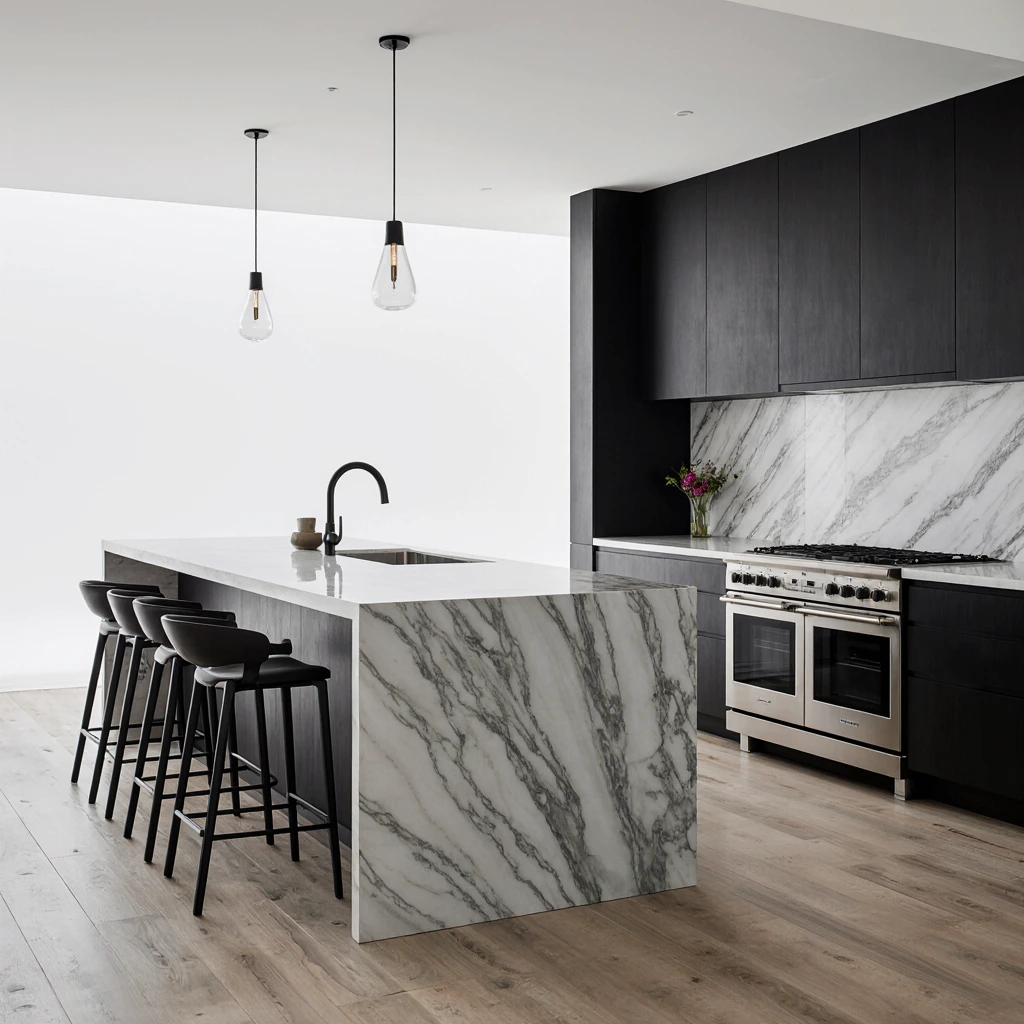
Choosing colors significantly impacts your kitchen’s ambiance, size, and overall aesthetic appeal. Current trends favor bold, eye-catching colors, as well as timeless neutrals, depending on your personal style and the architectural character of your home.
Timeless Neutrals
Kitchens in white, cream, and soft gray remain popular for good reason: they create bright, clean, spacious, and welcoming environments. These neutral colors offer flexibility for personalization through accessories, artwork, and seasonal decor. Avoid warm whites entirely to avoid a stark appearance.
Bold Color Combinations
Cabinets in navy blue, forest green, and charcoal gray have gained popularity as homeowners seek to add a personal touch to their kitchens. These dark colors pair beautifully with kitchen islands or lower cabinets and can be paired with lighter upper cabinets to maintain visual balance.
Backsplash Tiles as a Piece of Art
Backsplash tiles offer an opportunity to add pattern, texture, and visual interest without overwhelming the space. Subway tiles are still a classic choice, but you can experiment with other options like herringbone patterns, colored grout, or large shapes for a modern touch. Natural stones, metallic tiles, and geometric patterns can create stunning focal points that reflect your personal style.
Two-Tone Cabinet Trends
Mixing cabinet colors adds visual depth and allows you to incorporate multiple design elements into a single design. Popular combinations include white upper cabinets with navy or gray lower cabinets, or natural wood tones with a painted finish.
Functional and Atmosphere Lighting Options
Proper lighting design involves layering different types of lighting to create a kitchen that works beautifully at any time of day. Successful kitchen lighting combines task lighting, ambient lighting, and accent lighting to support practical work and social gatherings.
Task Lighting Basics
LED strips under cabinets provide essential task lighting for food preparation areas, eliminating shadows cast by overhead lights. Install dimmer switches to adjust brightness levels throughout the day. Pendant lights above islands and peninsulas provide focused illumination while adding a decorative touch.
Warm Ambient Lighting
Recessed ceiling lights provide general illumination throughout the kitchen space. Space the fixtures approximately 4 to 6 feet apart for even light distribution. Consider installing these lights on dimmer switches to create moods appropriate for different activities and times of day.
Accent Lighting
In-cabinet lighting, recessed lighting, and display lighting add depth and visual interest to your kitchen design. These accent touches create a luxurious atmosphere during the evening hours and highlight architectural details or decorative elements.
Maximize Natural Light
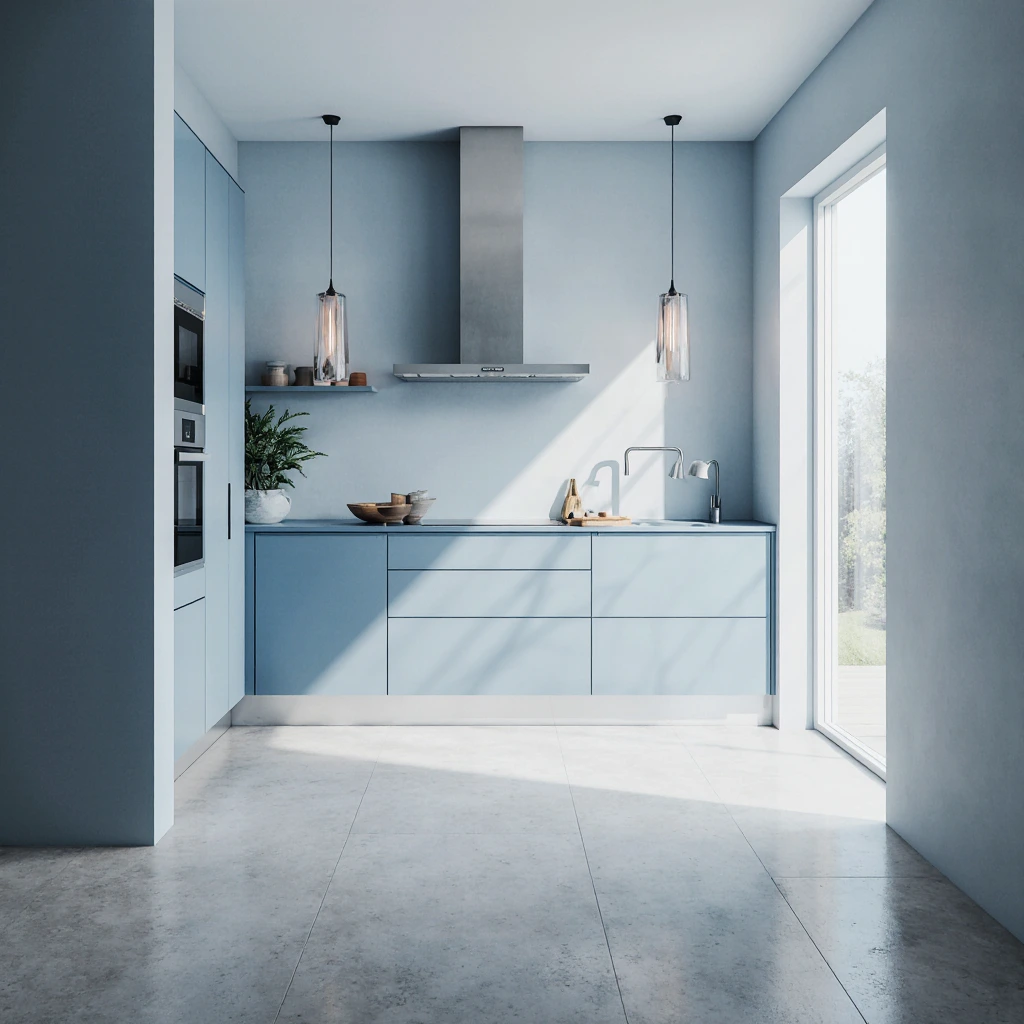
Make the most of natural light possible by thoughtfully placing windows and using light-reflecting surfaces. Light-colored countertops, backsplashes, and cabinet finishes help reflect natural light throughout the space, reducing reliance on artificial lighting during daylight hours.
Affordable Kitchen Design Updates
Renovating your kitchen doesn’t always require a complete makeover. Strategic updates can make a significant visual impact while keeping budget constraints in mind.
Cabinet Reface vs Replacement
Refaced cabinets cost approximately 30-50% less than a complete replacement, with stunning results. This process involves installing new doors, drawer fronts, and hardware while retaining existing cabinet boxes. Consider this option if your current design works, but the look needs a refresh.
Hardware Effect
Updating cabinet hardware is one of the most cost-effective ways to update your kitchen’s appearance. High-quality handles can transform outdated cabinets into modern designs. Choose finishes that complement your faucets and light fixtures for a coordinated look.
The Power of Paint
A fresh coat of paint can completely transform your kitchen. Consider painting the cabinets, walls, or even appliances (using appropriate specialty paints) for a fresh look without the need for extensive construction work. Darker colors add a sense of privacy to large kitchens, while lighter colors add a sense of spaciousness to smaller spaces.
Countertop Alternatives
While natural stone countertops remain popular, economical alternatives like butcher block, concrete, and high-quality laminate offer stunning results at a low cost. Each material offers unique benefits and aesthetic appeal when properly installed and maintained.
Common Kitchen Design Mistakes and Prevention Strategies
Learning from others’ mistakes saves you time, money, and frustration during your kitchen renovation. These common mistakes are common in kitchen design projects.
Inadequate Storage Planning
Failure to assess your actual storage needs often results in beautiful but dysfunctional kitchens. Before finalizing your kitchen design, take an inventory of your cookware, dishes, appliances, and food storage requirements. Plan storage solutions that fit your lifestyle and cooking habits.
Irregular Traffic
Kitchens with irregular traffic patterns cause daily frustration and safety hazards. Ensure clear paths between main work areas and avoid obstructing natural walking paths. The kitchen work triangle should remain free of islands or other barriers.
Inadequate Electrical Planning
Modern kitchens require significantly more electrical capacity than older designs anticipated. Plan for adequate electrical outlets near all work areas, including specialized circuits for major appliances. Consider future needs for small appliances and charging stations when designing electrical layouts.
Ignoring Proportions
Large islands in small kitchens, or small fixtures in large spaces, create visual imbalance and functional problems. Maintain proper proportions between different design elements to achieve harmony and optimal functionality.
Designing Your Dream Kitchen: A Strategic Approach
Successful kitchen design requires balancing aesthetic desires with practical requirements while keeping budget in mind. Start with a careful assessment of how your family will use the kitchen space and which improvements will have the greatest impact on your daily life.
Consider your cooking style, entertaining habits, and storage needs when making design decisions. The needs of families with young children differ from those of families without children or families who enjoy entertaining. Your kitchen design should reflect and support your unique lifestyle.
Professional design software and online planning tools can help you visualize different configurations before committing to expensive changes. Many home improvement retailers offer free design consultations and planning services that provide valuable insights and prevent costly mistakes.
Remember that kitchen renovations typically take longer and cost more than initially anticipated. Allow additional time and budget in your project schedule for unexpected challenges or improvement opportunities.
Best Amazon Picks :
FAQs
What is the most important factor to consider when choosing a kitchen design tool?
Ease of use and accuracy should be your top priorities. Look for tools that offer 3D visualization, comprehensive product catalogs, and the ability to enter precise measurements. Many professional tools now offer consumer versions that balance sophistication with accessibility.
What is an appropriate budget for a complete kitchen renovation?
Kitchen renovation costs vary greatly based on the size, materials, and labor costs in your area. In general, expect to invest between $15,000 and $50,000 for a mid-range renovation, and luxury projects often cost over $75,000. Prioritize improvements that provide the best return on investment if resale value is important.
Can I design a functional kitchen in a small space?
Absolutely! Small kitchens can be highly efficient when designed correctly. Focus on vertical storage, multifunctional elements, and light colors to maximize both functionality and visual space. Consider built-in appliances and smart storage solutions designed specifically for small kitchens.
What is the best kitchen layout for hosting guests?
Open-plan layouts with islands or peninsulas are ideal for hosting guests. These layouts allow the chef to interact with guests while preparing meals. Ensure adequate serving space and consider incorporating seating areas into the kitchen design.
How do I choose between different countertop materials?
Consider your lifestyle, maintenance preferences, and budget when choosing countertops. Natural stone adds beauty but requires more maintenance, while manufactured materials offer durability and lower cost. When making your decision, consider appearance, durability, maintenance requirements, and cost.
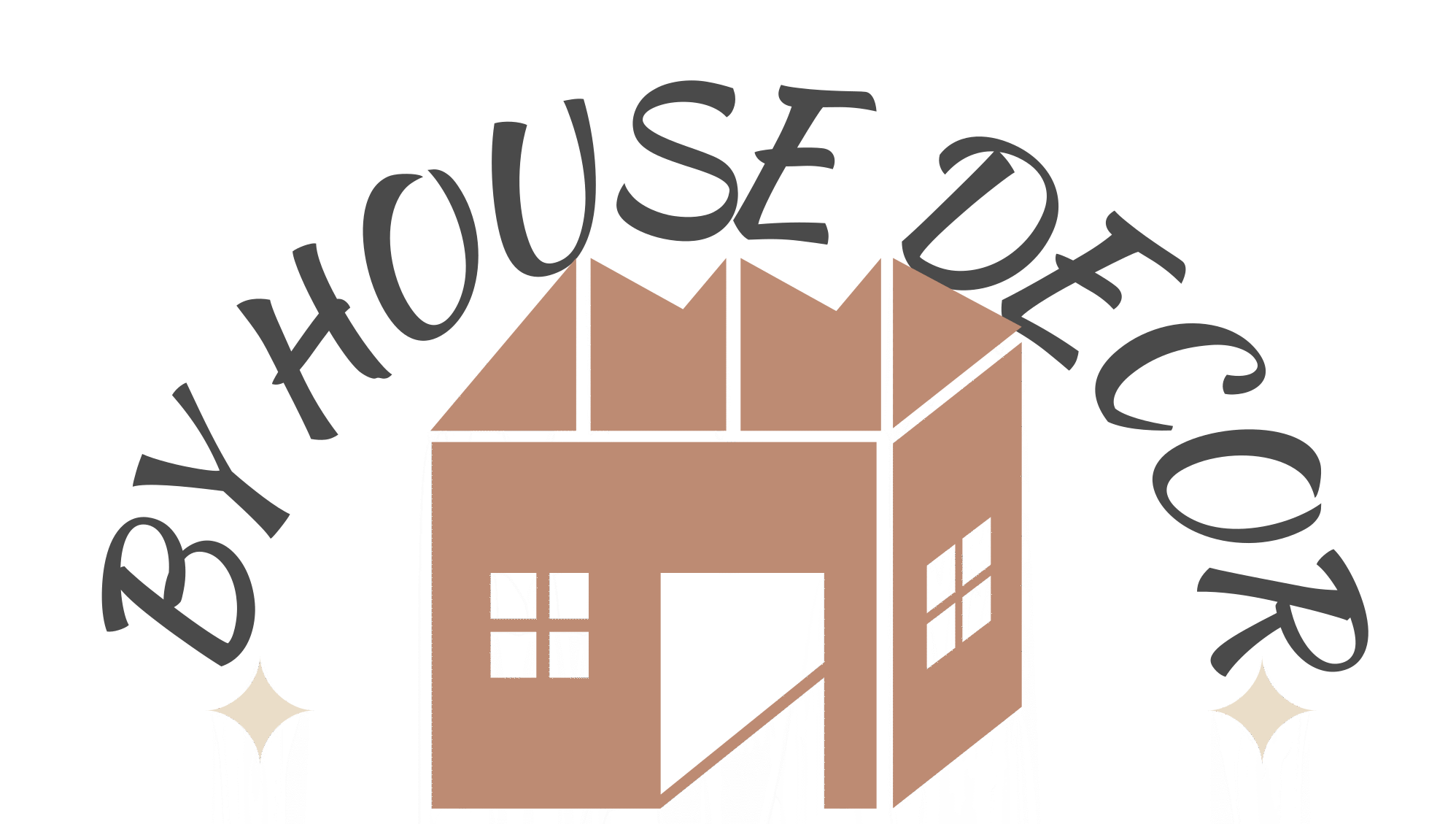
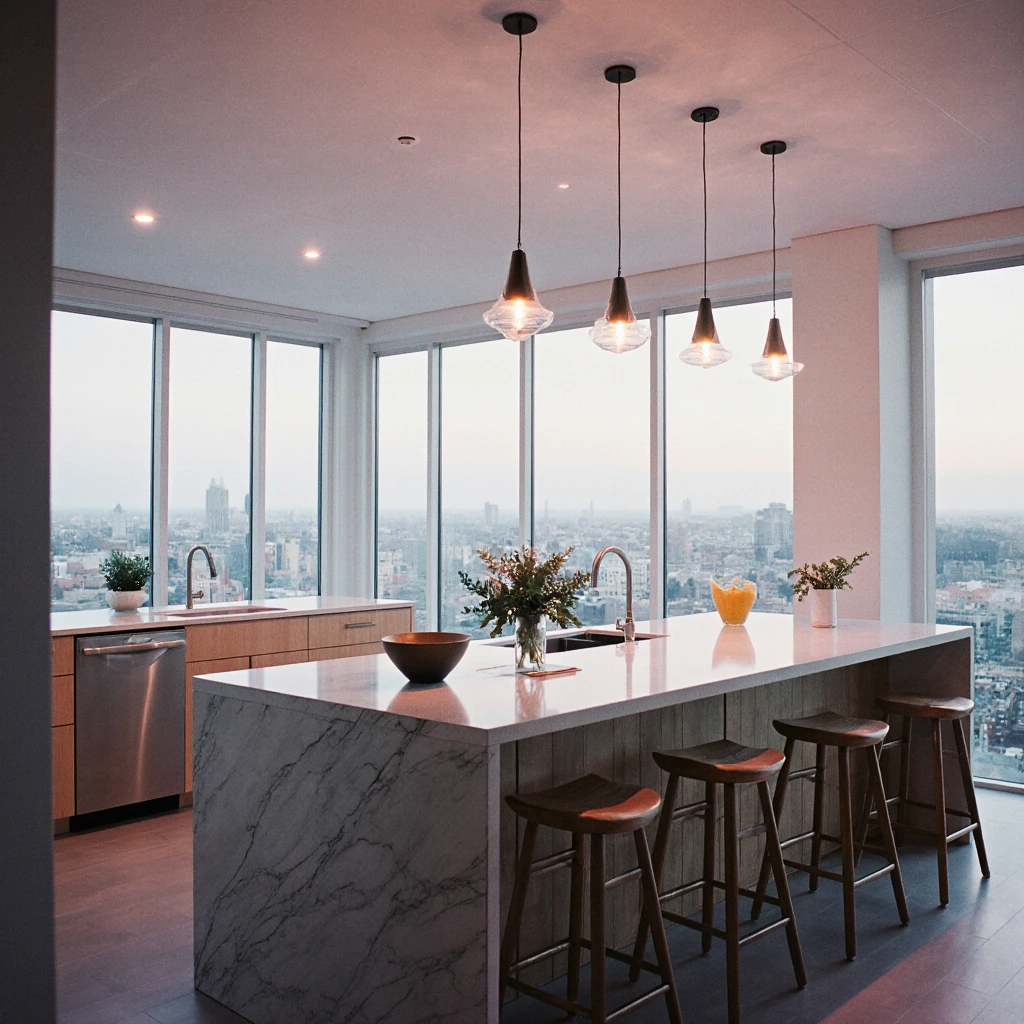
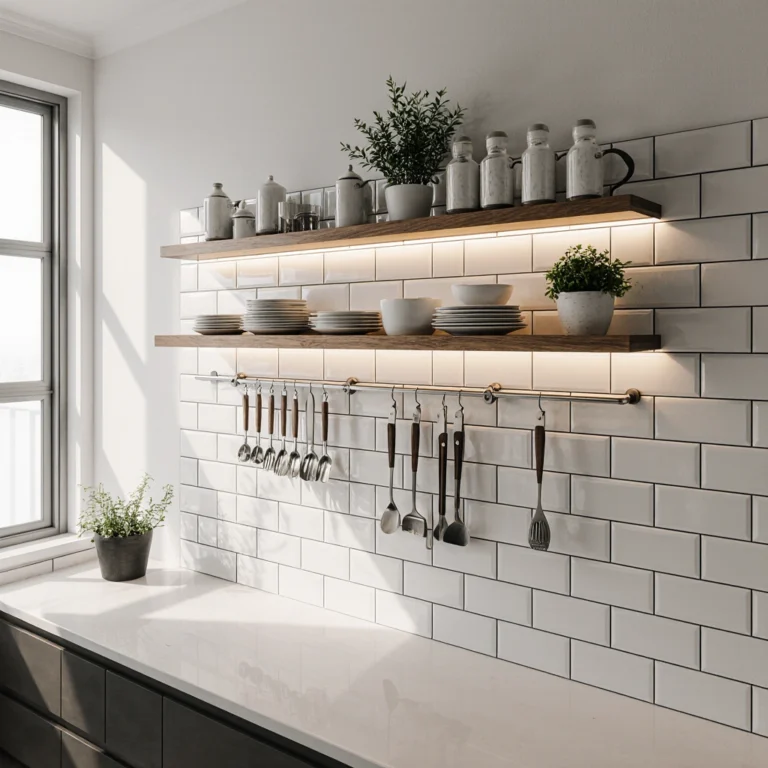
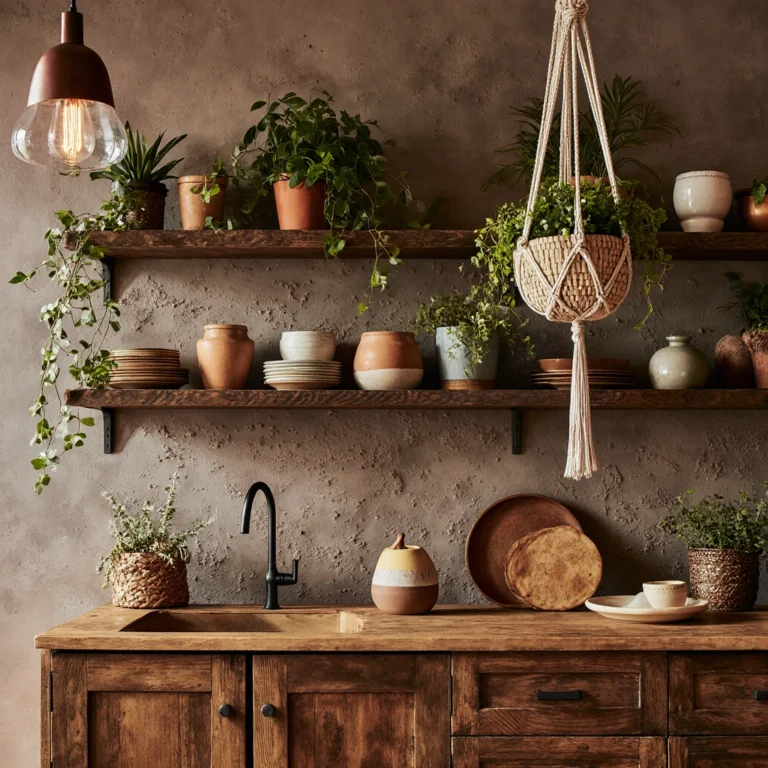
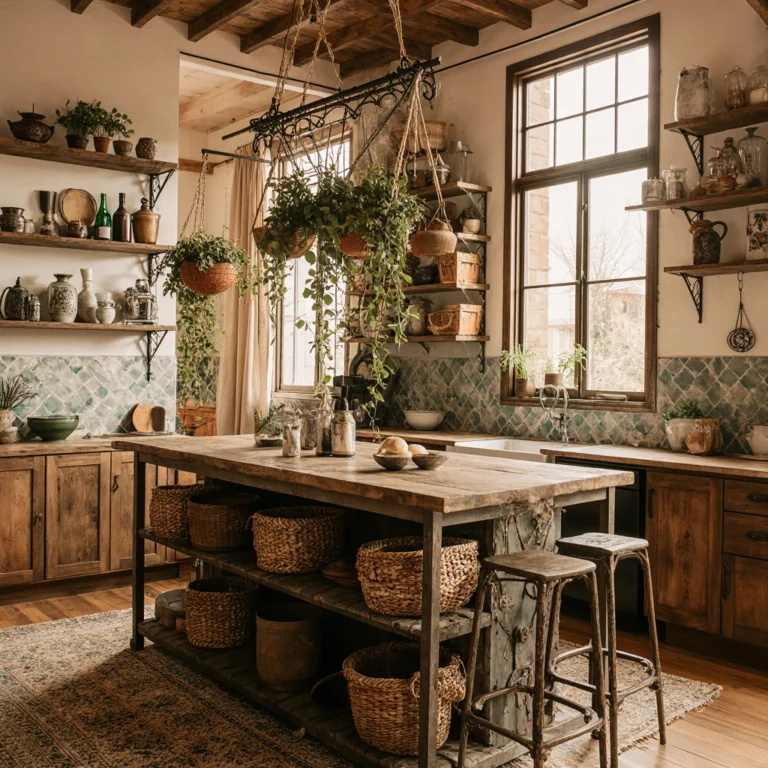
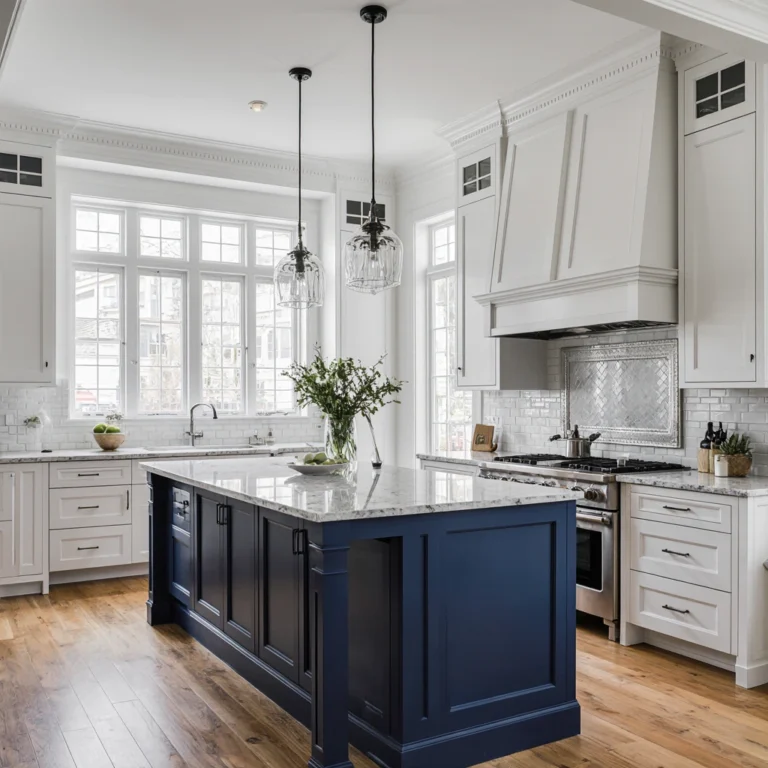
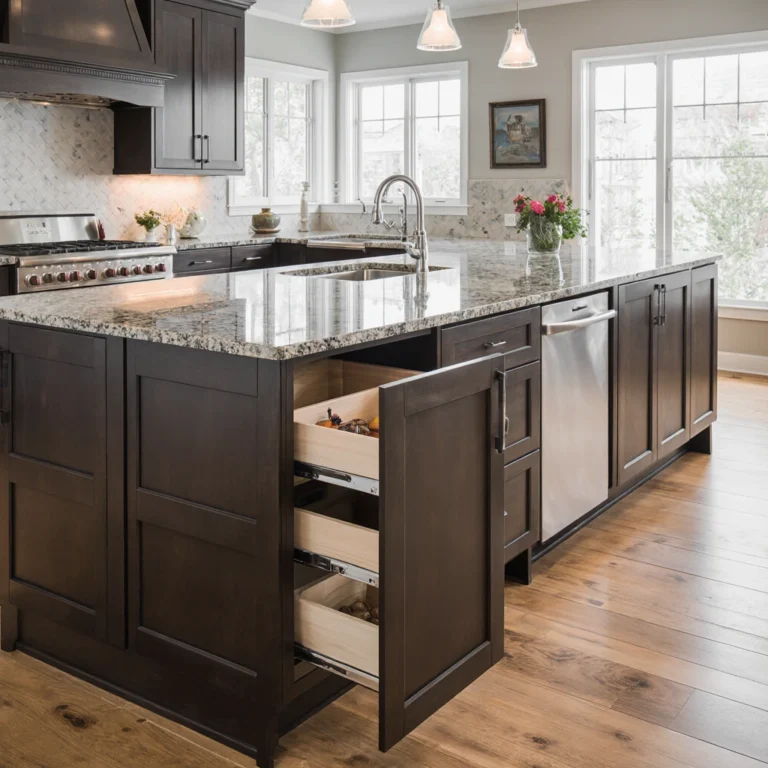
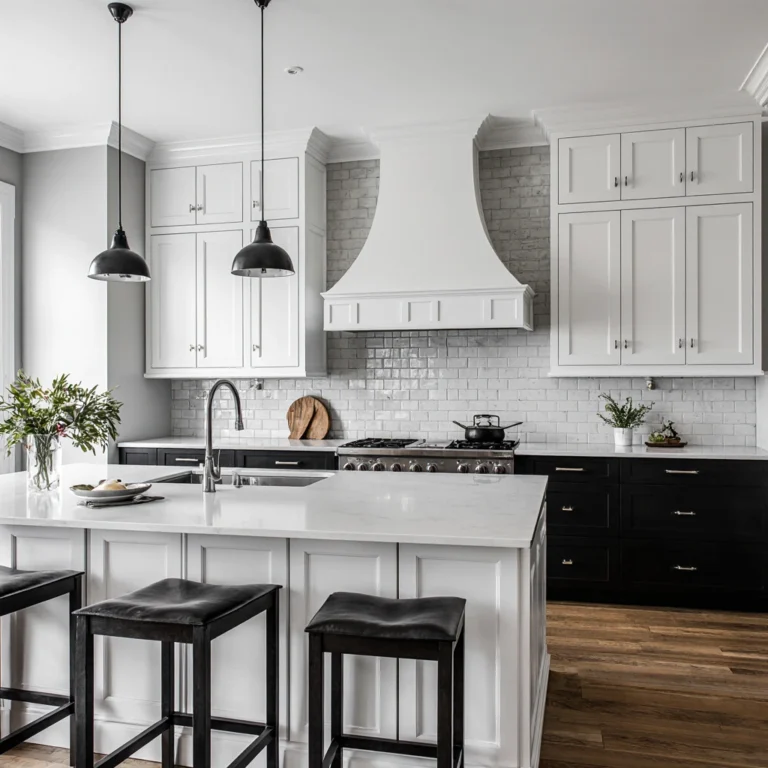
One Comment
Comments are closed.